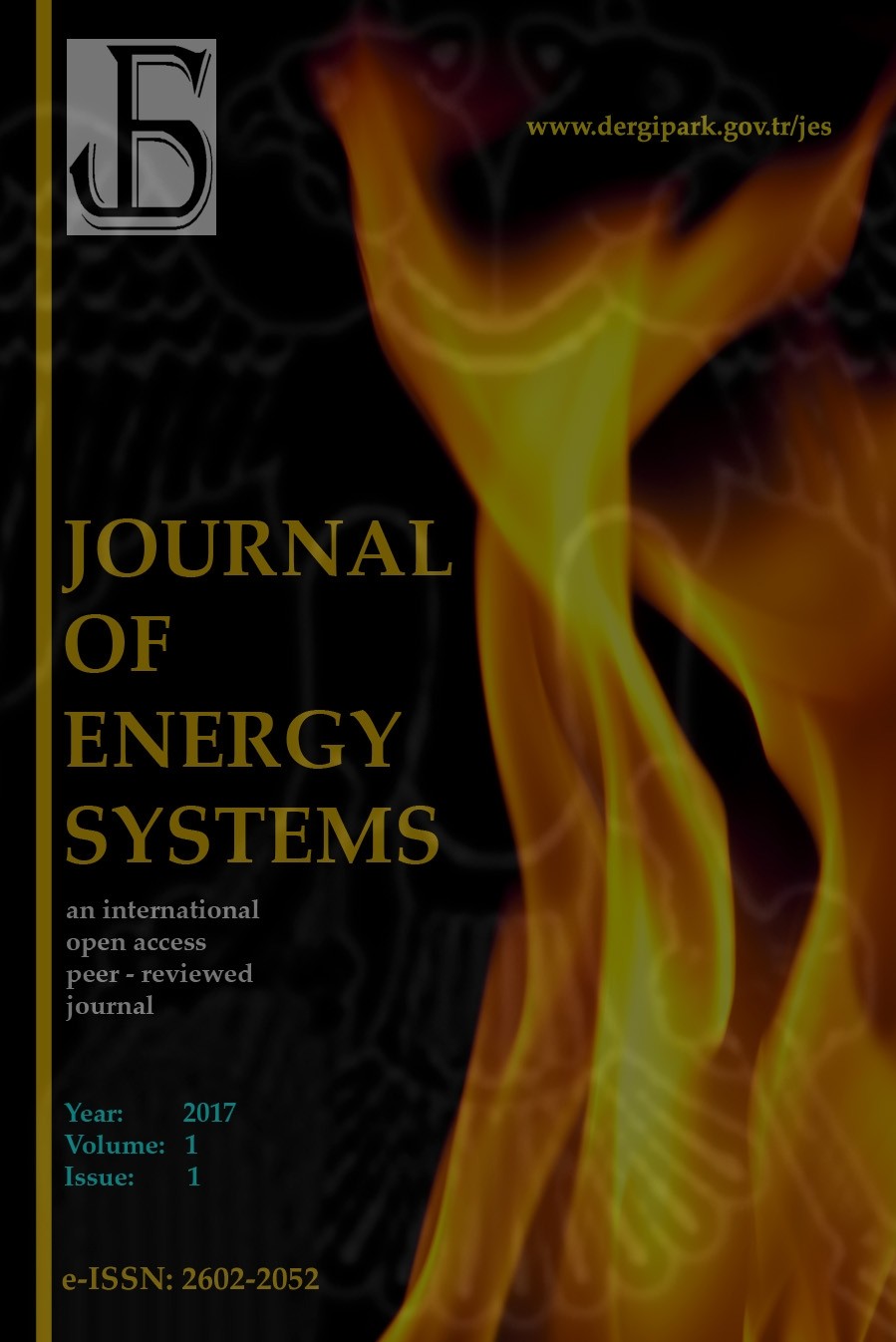Computational characterization of an axial rotor fan
Computational characterization of an axial rotor fan
Axial fan, Computational fluid dynamics, Rotor dynamics,
___
- Prachar, A. Comparison of axial fan rotor experimental data with CFD simulation. Acta Polytech 2016; 56(1): 62-66; DOI: 10.14311/AP.2016.56.0062.
- Matai, R, Yavuzkurt, S. Evaluation of Effects of Different Design Parameters on Axial Fan Performance using Cfd. In: ASME Turbo Expo 2015: Turbine Technical Conference and Exposition: 15-17 June 2015, ASME, Montreal, Qebec, Canada.
- Masi, M , Castegnaro, S , Lazzaretto, A. A Criterion for the Preliminary Design of High-Efficiency Tube-Axial Fans. In: ASME Turbo Expo 2016: Turbomachinery Technical Conference and Exposition: 13-17 June 2016, ASME, Seul, South Korea.
- Gör, H, Kurt, E. Preliminary studies of a new permanent magnet generator (PMG) with the axial and radial flux morphology. International Journal of Hydrogen Energy 2016; 41(17): 7005-7018.
- Çelik, E, Gör, H, Öztürk, N , Kurt, E. Application of artificial neural network to estimate power generation and efficiency of a new axial flux permanent magnet synchronous generator. International Journal of Hydrogen Energy 2017; 42(28); 17692-17699.
- Pelletier, D, Schetz, J. Finite-Element Navier-Stokes Calculation of 3-Dimensional Turbulent-Flow Near a Propeller. Aiaa J. 1986; 24(9); 1409-1416.
- Yoon, S, Schetz, J. Numerical Navier-Stokes Solutions of High-Speed Propeller Flows. J. Propul. Power 1988; 4(4); 291-292.
- Twizell, E, Bright, N. Numerical Modeling of Fan Performance. Appl. Math. Model. 1981; 5(4); 246-250.
- Wright, T, Gerhart, PM. Fluid Machinery. Application, Selection, and Design. CRC Press (second edition ed.), 2009.
- Lazari, A, Cattanei, A. Design of Off-statistics Axial-flow Fans by Means of Vortex Law Optimization. Journal of Thermal Science 2014; 23(6); 505-515.
- Heo, S, et al. Development of high-performance and low-noise axial-flow fan units in their local operating region. Journal of Mechanical Science and Technology 2015; 29(9); 3653-3662.
- Valbracht, RA. Laboratory methods of testing induced flow fans for rating, the development of amca standard 260-07. In: AMCA International Engineering Conference, 2008, Las Vegas, NV, USA.
- ASME. ASME-PTC 11fans. 2008.
- Castegnaro, S. Fan Blade Design Methods: Cascade Versus Isolated Airfoil Approach - Experimental and Numerical Comparison. In: ASME Turbo Expo 2016: Turbomachinery Technical Conference and Exposition: 13-17 June 2016, ASME, Seul, South Korea.
- Carolus, T H, Starzmann, R. An Aerodynamic Design Methodology for Low Pressure Axial Fans with Integrated Airfoil Polar Prediction. In: ASME 2011 Turbo Expo: Turbine Technical Conference and Exposition: 06-10 June 2011, ASME, Vancouver, British Columbia, Canada.
- Diangui, H. 3D optimum design of reversible axial flow fan with S-type blade. Chin. J. Mech. Eng. 2005; 41(12); 182-185.
- Başlangıç: 2017
- Yayıncı: Erol KURT
A case study of PV-wind-diesel-battery hybrid system
An overview of Turkey's renewable energy trend
Computational characterization of an axial rotor fan
Unai Fernandez-Gamiz, Mustafa Demirci, Mustafa İLBAŞ, Ekaitz Zulueta, Jose Antonio Ramos, Jose Manuel Lopez Guede, Erol Kurt
